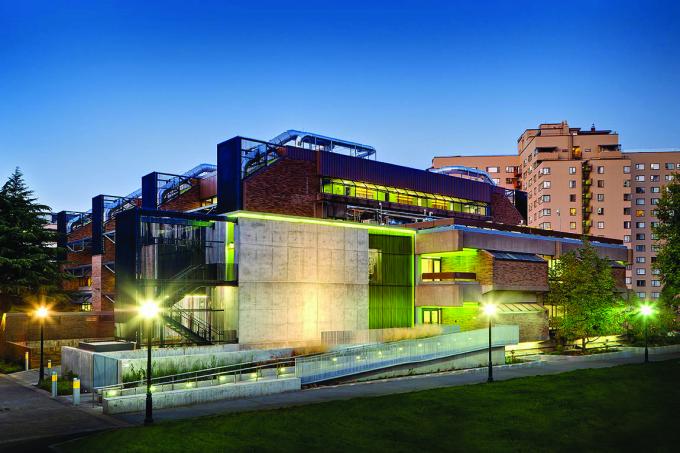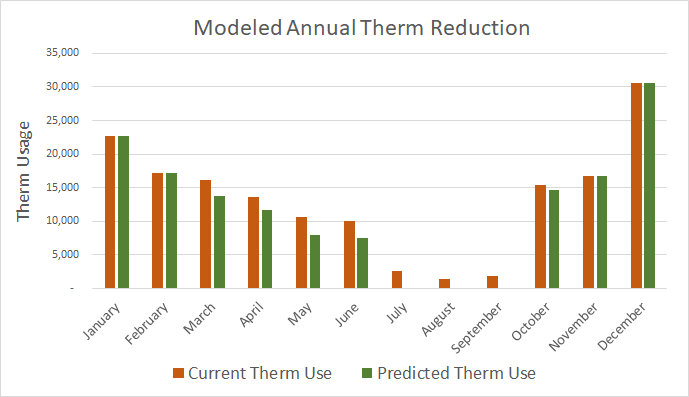Project Objective
Reduce the energy use of the PSU SRTC building through the design of an independant cooling system for 12 designated rooms, with a simple return on investment limited to 10 years and within a budget of $100,000.

Team
The project team is
Customer/Market Requirements
The following constraints, defined by PSU Facilities and Property Management, must be met for the successful completion of this energy study(capstone project).
- Serve 12 rooms requiring an air temperature of 65F.
- 10-year simple payback.
- Remain within a budget of $100,000.
- Compatible with existing building HVAC System.
Design Challenges
While developing a solution for the project, the team encountered three main challenges:
The scope of the project included two laboratory rooms, four classrooms, and five museum/ storage rooms. Due to outdated refrigeration and laboratory equipment, load and energy requirement calculations and modelling were particularly challenging to develop.
The team needed to design an HVAC system that would be compatible with the existing system. The laboratories had not been renovated since the 1970's and the original mechanical plans were unavailable, therefore the solution needed to be flexible to best meet the customer requirements.
Defining anticipated economic benefits for the stand alone cooling system was difficult due to the dynamic nature of a district wide cooling and heating system. The team focused on quantifying the reduction of natural gas used to reheat air for rooms on the same ventilation zones as the rooms of interest through summer and fringe months. Therm usage and ventilation flow rate were parameters being measured from PSU facilities which made this analysis feasible.
Outcomes
In accordance with the constraints provided by the team's sponsor and the room manager, the deliverables given to PSU Property and Facilities Management will be an economic analysis including possible HVAC system designs that are compliant with the Customer Requirements.
Under current building operations in the SRTC, the rooms involved in this capstone project require a lower temperature year-round compared to other rooms in the building. Consequently, all supply air going to other rooms in the building requires re-heat to achieve a comfortable temperature. Through the implementation of a stand-alone cooling system for the rooms of interest, the re-heat will be limited to that of normal HVAC operations. Based on the model of the SRTC therm use, there is a complete elimination of re-heat required in the summer months and a reduction in fringe months, as shown in the graph below. This results in a predicted annual savings of $12,300.
